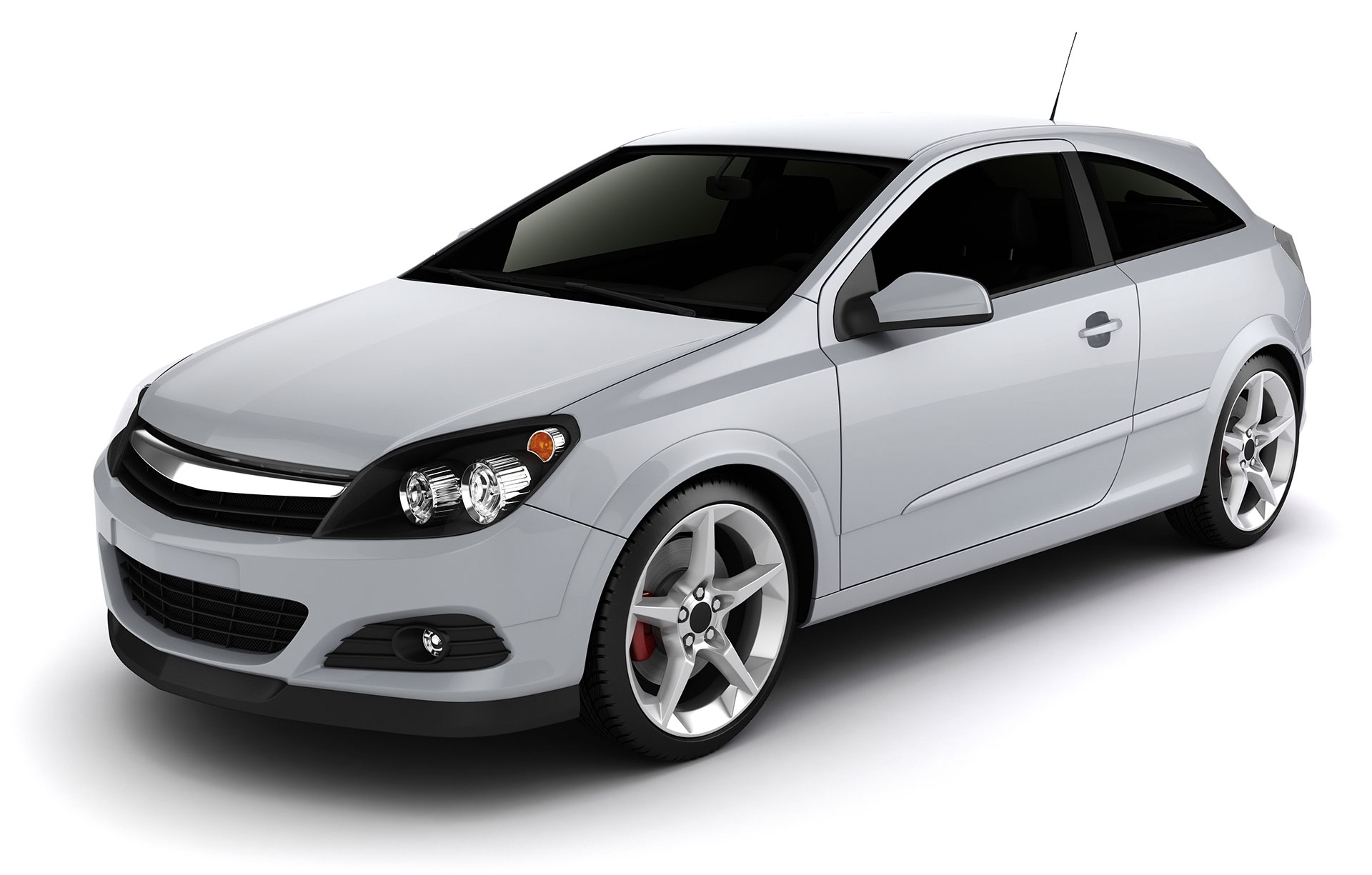MOT Checks
Every year, vehicles fail the MOT test due to minor faults which could have been avoided by some simple checks. Give your vehicle the best chance of passing its MOT test first time by inspecting the following components:
What to Check

Tyres
Using a gauge or the ‘20p test’, check that your tyre tread depth is over the legal minimum of 1.6mm. Also check for signs of tyre damage such as cuts, tears, lumps, bulges or cracks.
Wheels
Check your wheels for any signs of damage or distortion and ensure that they are fitted securely to your vehicle.
Lights
Make sure all lights are working and replace any bulbs before the test if they are not.
Mirrors
Check that your mirrors are securely fitted and free from damage, such as cracks, which may impair the driver’s vision.
Windscreen
Make sure that the windscreen is free from damage larger than 40mm – or 10mm directly in front of the driver. You should have any damage repaired before the MOT test.
Exhaust
Check that your exhaust is not leaking and the visible part of your exhaust is not corroded or otherwise damaged. If there is any damage you will need to get this repaired or the exhaust replaced before the test.
Registration Plate
Your front and rear registration plates must be securely fitted to your vehicle and meet standard legal formatting. Make sure they are not obscured by any damage or dirt before the MOT test.
Bodywork
The body of your vehicle must be free from any damage, such as jagged edges, that may cause harm to a pedestrian or vehicle.
Suspension
You can check your shock absorbers by pressing down on the front of your vehicle – if your vehicle bounces then your shocks may be worn!
Further Tips!
Ensure that your fuel and engine oil are topped up sufficiently as you can be turned away from the MOT test if the testers cannot carry out tests to the vehicle emissions.
Clear your vehicle as excessively dirty cars can be refused for MOT!
Consider booking a vehicle service alongside an MOT to save time and money.
This is the full list of what will get checked during your MOT Test:
Vehicle Interior
Seats - The seats inside your vehicle must all be secure and the driver's seat needs to be fully adjustable. You must be able to secure all seats in an upright position.
Seatbelts - The full length of all seatbelts will be checked to ensure that they are in good condition and secure. Each seat must be fitted with a seatbelt.
Horn - It is important that your horn works and emits a sound loud enough to alert other road users of your presence.
Speedometer - The speedometer must be working accurately and must not be distorted by any damage such as cracks.
Vehicle Exterior
Doors - All the doors on your vehicle must latch securely in a closed position. The front doors must open from the outside and the inside whilst the rear doors will be checked to ensure that they open from the outside.
Lights - All lights including front lights, hazards and indicators must be securely fitted and working correctly. All lights must be the correct colour as specified by your vehicle manufacturer.
Mirrors - Mirrors must be securely fitted to your vehicle and will be checked for any signs of damage that may obscure your view of the road.
Windscreen - The condition of your windscreen will be examined to ensure that your view of the road is not compromised.
Windscreen Wipers - If your windscreen wipers contain signs of damage or do not clear your windscreen effectively you will fail your MOT test.
Registration Plates - Registration plates must be fitted securely to your vehicle and cannot be obscured by damage or dirt. Customised registration plates will need to adhere to legal requirements.
Tyres - Tyres will be inspected to ensure that they are all the right size and structure for your vehicle, as specified by your vehicle manufacturer handbook. Your tyre tread will be checked to ensure that it is over the legal limit of 1.6mm and all tyres will be inspected for signs of damage.
Wheels - The MOT test will check that your wheels are free from distortion and any damage such as cracks.
Vehicle Engine
Exhaust - The vehicle exhaust will be inspected for signs of damage, such as corrosion and cracks and your emissions will be tested to ensure that they meet environmental standards.
Brakes - You will not pass your MOT test if you have faulty brakes. Your car brakes will be fully checked during the test to ensure that they are working optimally and components such as pads and discs are not worn.
Steering & Suspension - The steering and suspension components of your vehicle will be checked fully during the MOT test.
Battery - The electrical condition of your battery will be checked and your MOT tester will ensure that there are no loose or damaged connections.
For more information on the MOT test contact your local Dexel Tyre & Auto Centre, where our trained specialists will be happy to provide further guidance.
You can book your next MOT test online at Dexel Tyre & Auto Centre.